Arts education programs spotlight BIPOC artists
Spring 2021
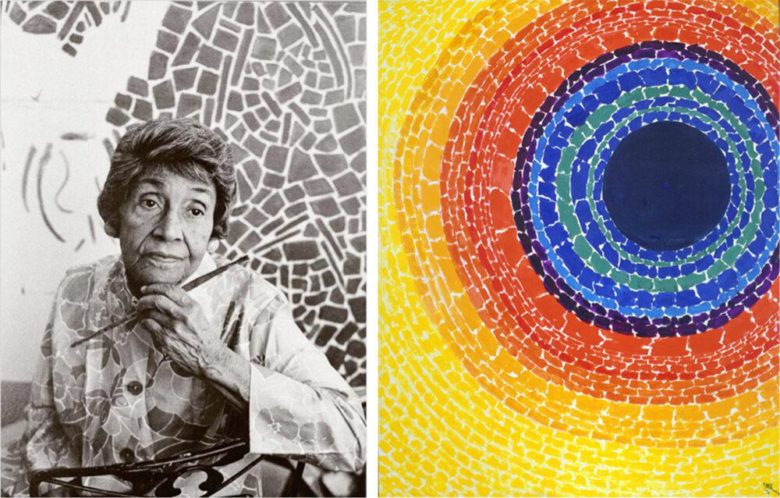
Historically underrepresented in arts education curricula, BIPOC (Black, Indigenous, and People of Color) artists took center stage in Methow Arts’ art lessons in 2022 and into 2023.
Studying art from the past is an effective and time-honored tradition. Art from different eras in history helps us learn about the cultures it comes from. Based on a work of art’s colors, materials, subjects, and symbolism, we learn about cultural values, historic perspectives, and how different generations viewed the world around them. The work of artists like Van Gogh, Monet, Picasso, and Kandinsky can be used to explore different art movements—Impressionism, Cubism, Surrealism, Pop Art, etc.—as well as to develop a foundation in the elements and principles of art, such as line, shape, color, texture, pattern, rhythm, and balance.
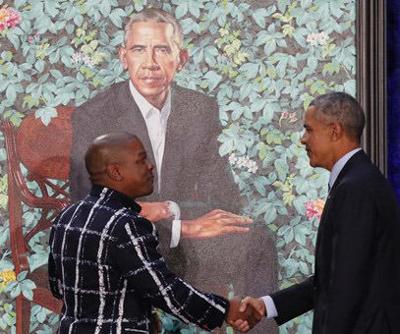
But studying contemporary art—in particular the work of traditionally underrepresented communities, such as BIPOC artists—is critical to an understanding of the complexity of contemporary society and culture. Contemporary art shows the artist’s commentary on the culture around them, allowing the viewer to engage with the narrative or dialogue exhibited. Contemporary artists reflect on society and current issues; their art draws the viewer into this conversation.
As an organization, Methow Arts recognizes that racial injustice deeply affects the lives of many individuals and communities through our work. The COVID-19 pandemic has disproportionately impacted communities of color, amplifying the existing racial equity crisis. The arts play a critical role in unifying communities and advancing equity in underrepresented populations. We are committed to supporting equity in the arts in all that we do, including elevating the work of BIPOC artists in our education programs, offering students an perspective on art that is representative and inclusive.
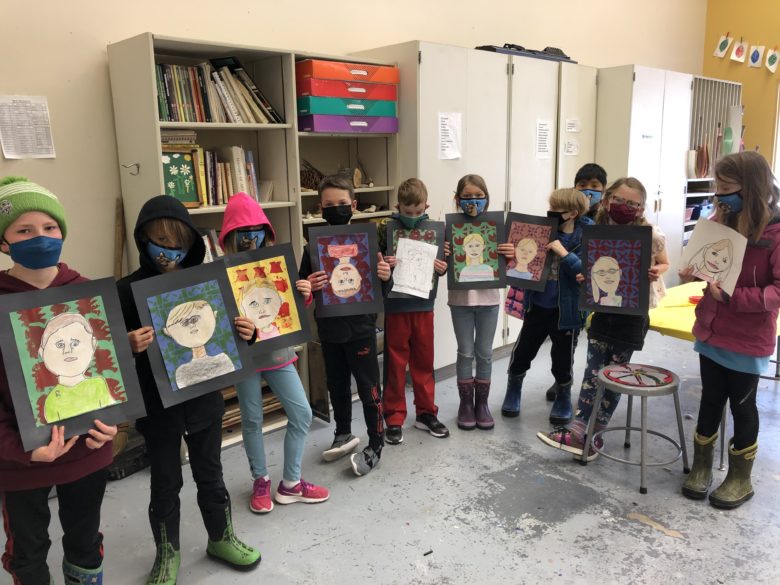
Methow Arts teaching artists Christa Culbert and Bethany Wray deliberately planned many of their art lessons to use the artwork of BIPOC artists as mentor art, providing young learners with not just a hands-on experience of creating art, but also with a familiarity with the artists and their values. Through BIPOC artists’s work students can continue to learn different artistic techniques, build a foundation in the elements and principles of art, and experience artistic expression that is reflective of our global community.
Some artists featured in recent lessons include:
Alma Thomas (1891-1978) was an American artist and teacher who is recognized as a major American painter of the 20th century, best known for her exuberant, colorful, abstract paintings.
Beatriz Milhazes (1960- ) is a Brazilian artist known for her colorful abstract paintings and prints.
Faith Ringgold (1930- ) is an American painter, writer, sculptor, and performance artist best known for her narrative quilts.
Faviana Rodriguez (1978- ) is an American interdisciplinary artist, cultural strategist, and social justice activist based in Oakland, California. Her art addresses migration, gender justice, climate change, racial equity, and sexual freedom.
Frida Kahlo (1907-1954) was a Mexican painter who was known for her attention to Mexican and Indigenous cultures. Childhood polio coupled with a devastating bus accident left her in near-constant pain, and her work reflects this pain and suffering.
Kehinde Wiley (1977- ) is an American portrait painter based in New York City, who is known for his highly naturalistic paintings of African Americans, most notably Barack Obama.
Marty Avrett (1945- ) is a painter and art professor of Coushatta/Cherokee/Choctaw descent who creates abstract and representational paintings informed by natural landscapes.
Nina Crews (1963- ) is an American children’s book author who uses photographs and photo-collages in her books to illustrate vibrant stories about young children.
Romare Bearden (1911-1988) was an American artist, author, and songwriter who worked with diverse media including cartoons, oils, and collages.
Romero Britto (1963- ) is a Brazilian artist, painter, serigrapher, and sculptor who combines elements of cubism, pop art, and graffiti painting in his work, using vibrant colors and bold patterns as a visual expression of hope, dreams, and happiness.
Yayoi Kusama (1929- ) is a Japanese contemporary artist who works primarily in sculpture and installation, but is also active in painting, performance, film, fashion, poetry, fiction, and other arts.
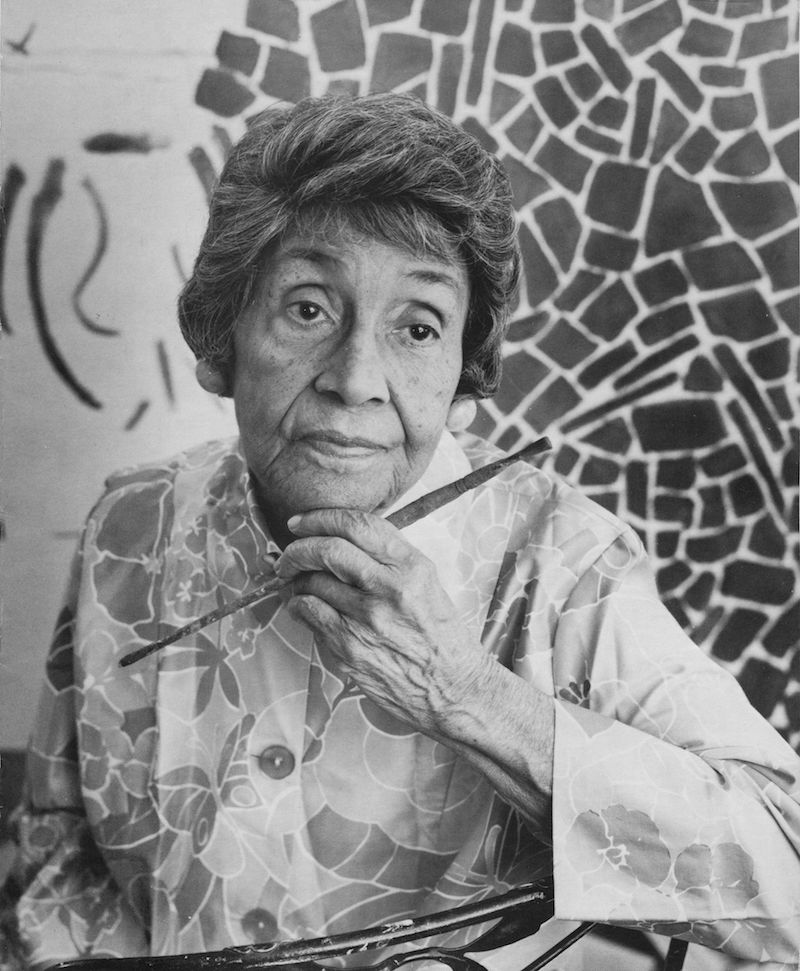
Alma Thomas, © Michael Fischer, 1976; Courtesy of National Museum of American Art 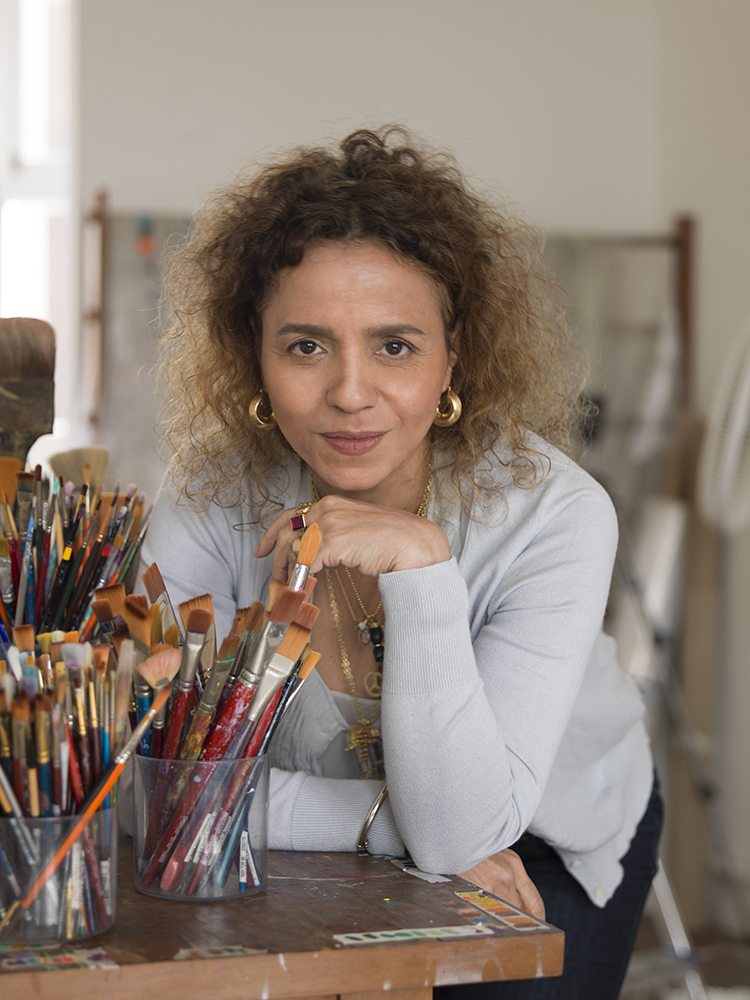
Beatriz Milhazes 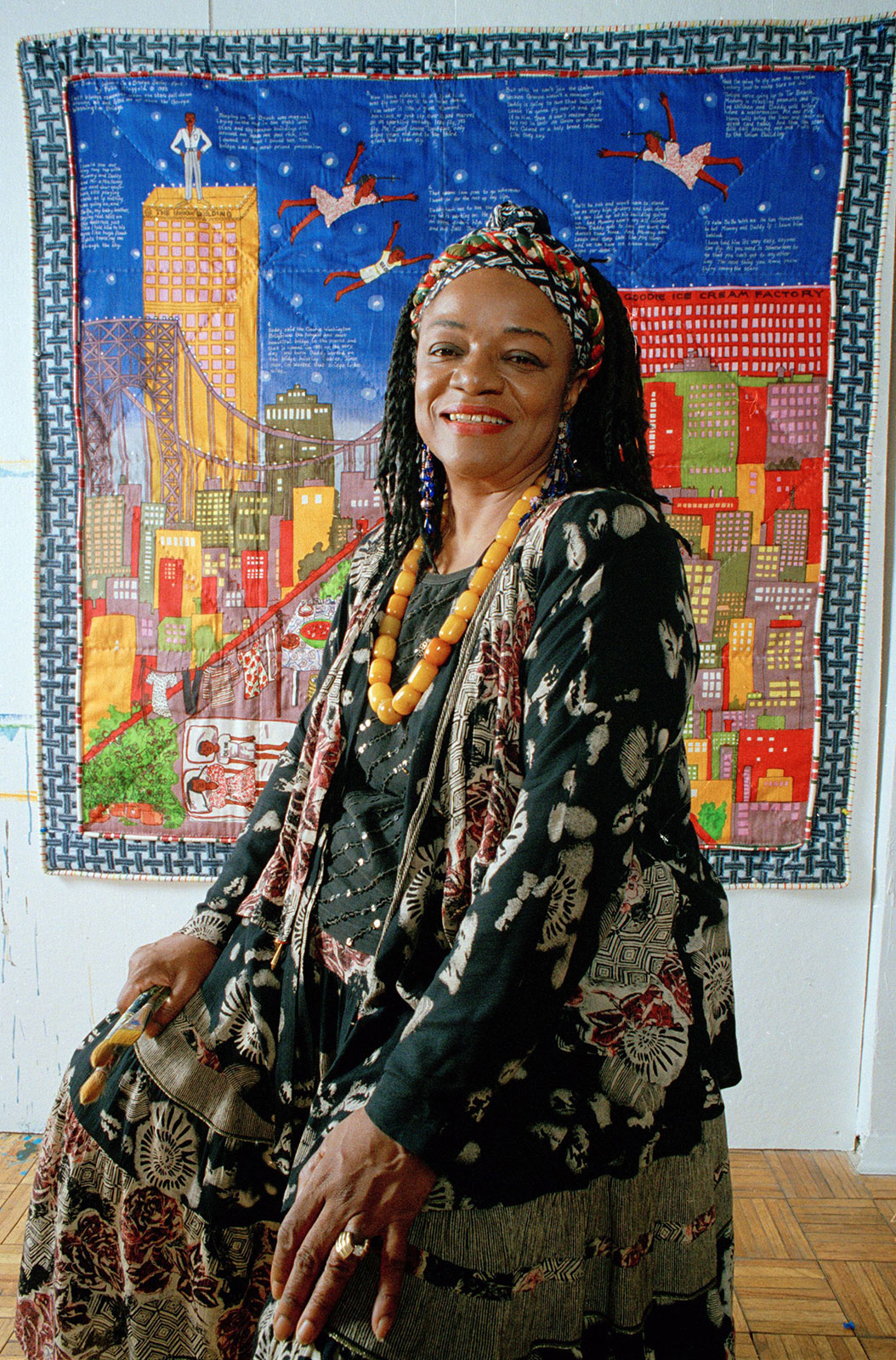
Faith Ringgold 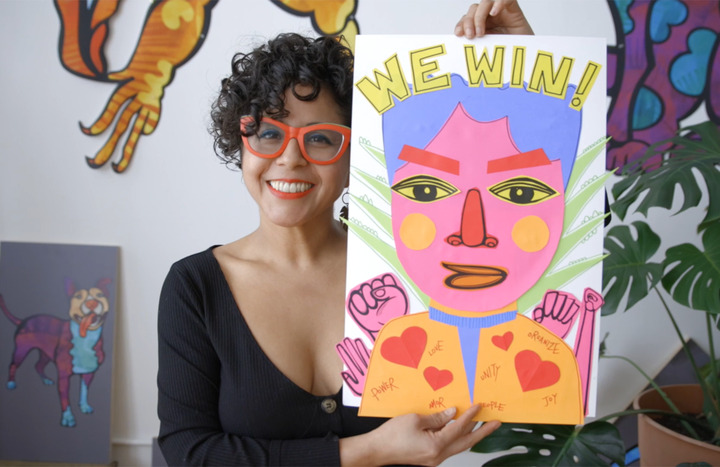
Faviana Rodriguez 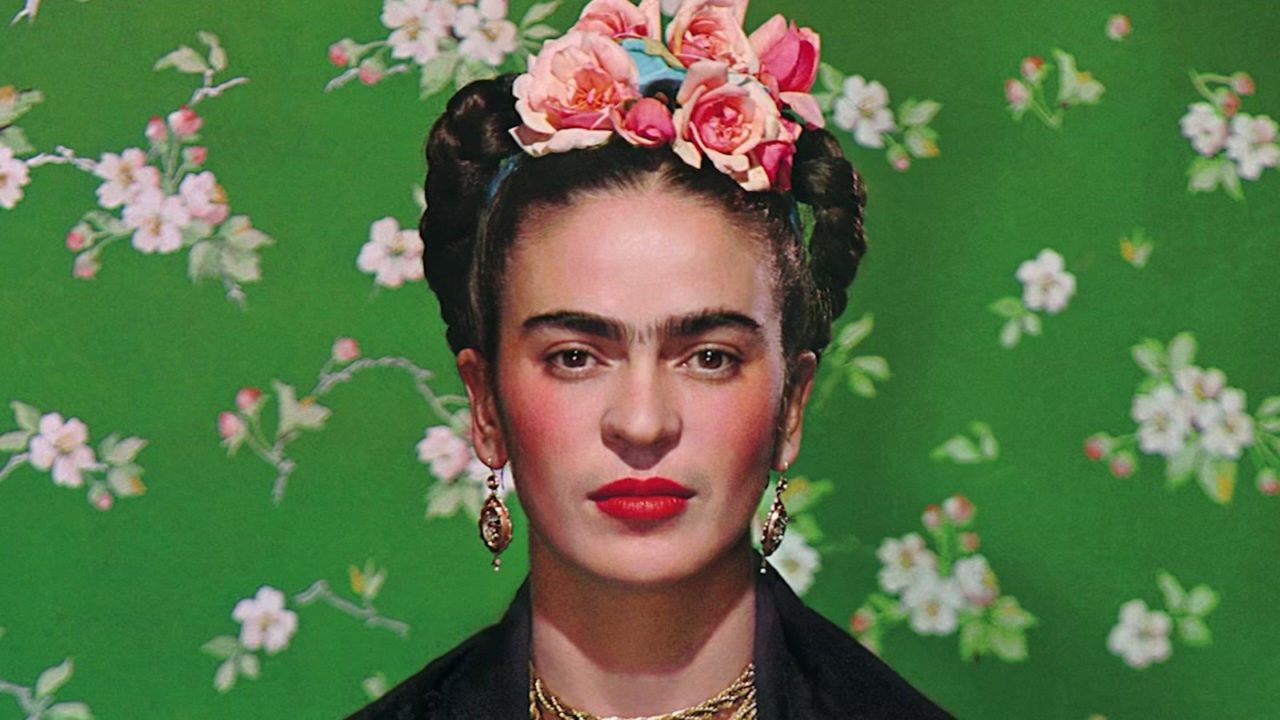
Frida Kahlo 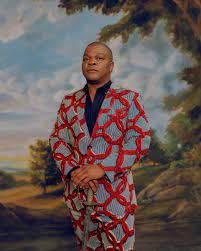
Kehinde Wiley 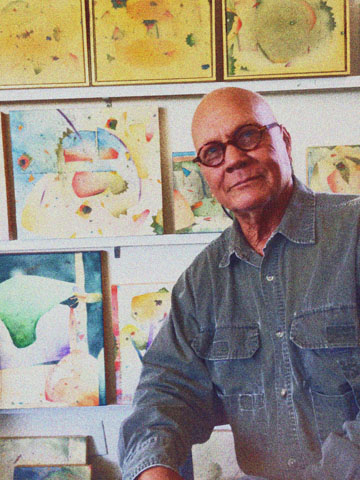
Marty Avrett 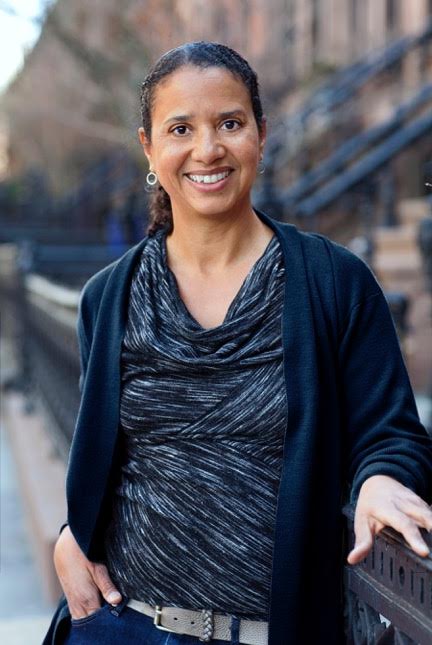
Nina Crews 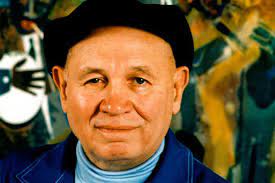
Romare Bearden 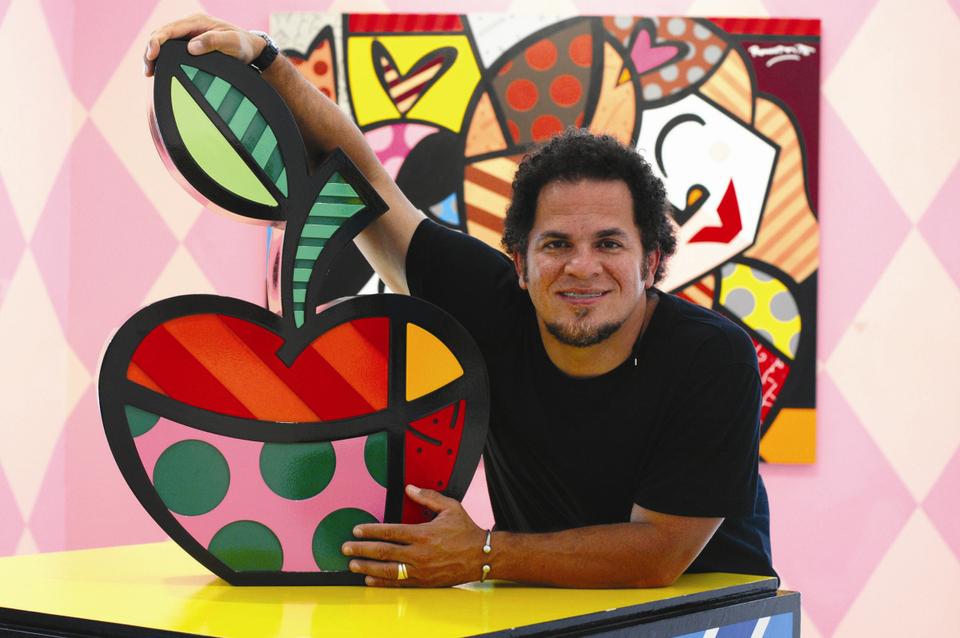
Romero Britto 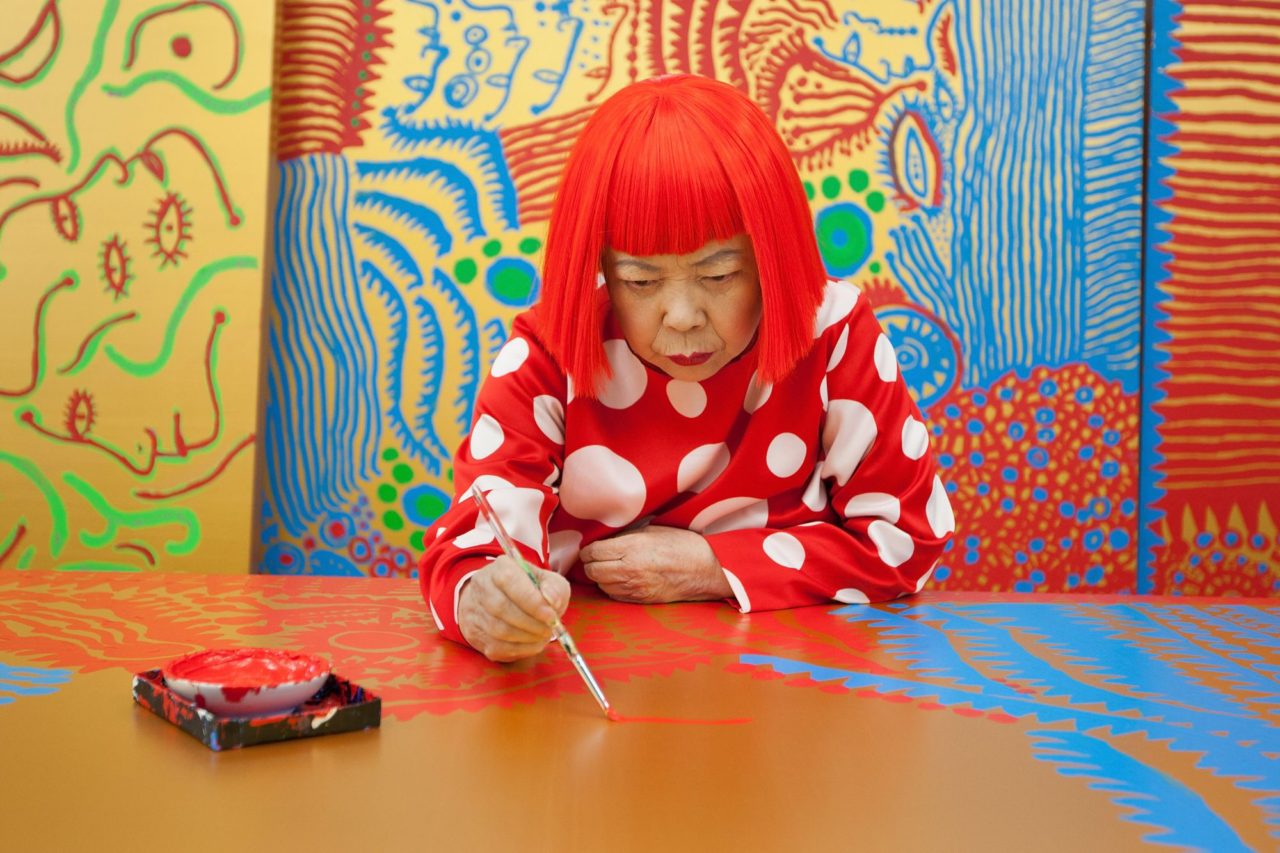
Yayoi Kusama
Read about some of the residencies based on these BIPOC artists’ work HERE.
Read Methow Arts full statement on racial equity HERE.
CONTACT: info@methowartsalliance.org, 509.997.4004